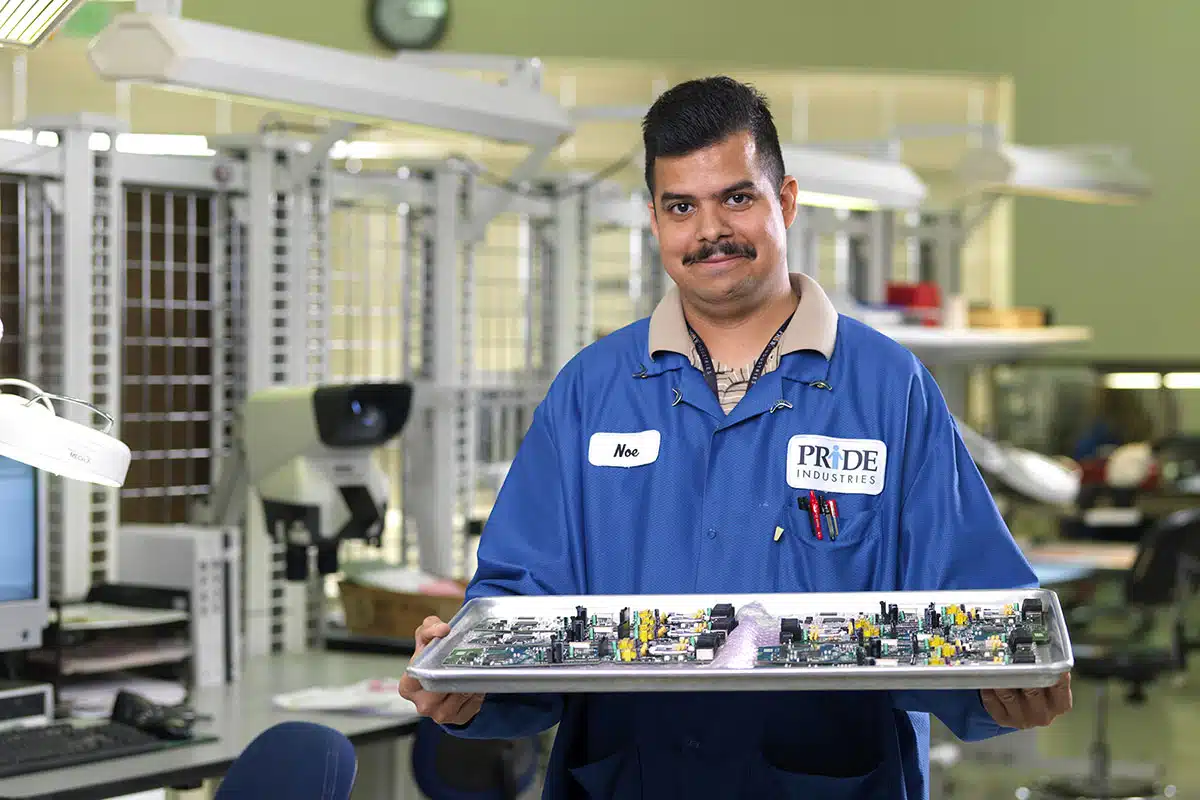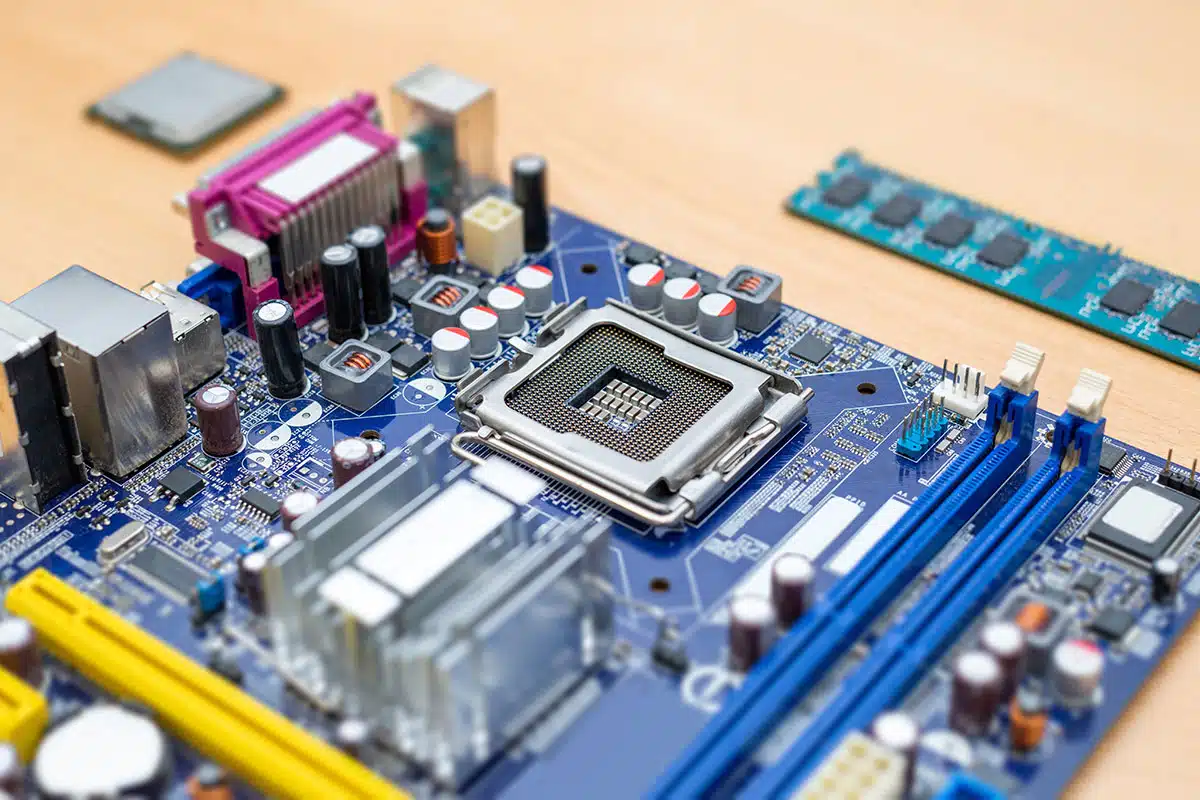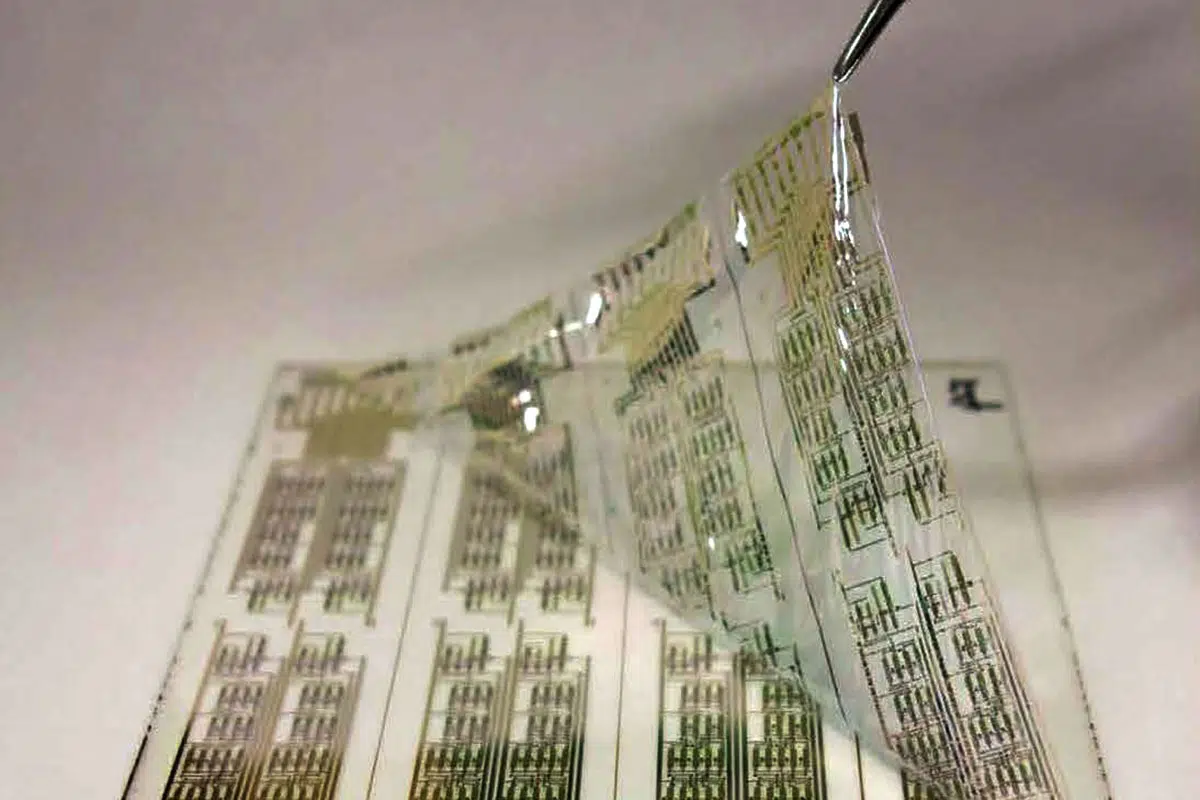Andrew Williams is the Engineering Manager for Electronics Manufacturing at PRIDE Industries. He has more than 30 years of experience in manufacturing and design and holds an SMT Process Engineer certification from SMTA. Andrew is a guest lecturer at UC Davis and CSU Sacramento for Supply Chain Management, Operations, and TQM courses, and speaks frequently on DFM, DFS, and other DFX topics. In the interview that follows, he describes how the current global situation is impacting design for manufacturing and manufacturability (DFM) and gives his take on what manufacturers should plan for in the coming year.
Q: Why is design for manufacturing important?
Andrew: Designing your electronics device with the manufacturing process in mind lets you produce a high-quality product at a lower cost. At PRIDE Industries, for example, we try to avoid nonstandard components that have to be soldered by hand. In most cases, it’s less expensive to use parts that can be installed using machine-based processes. This approach is also faster and ensures greater consistency—unlike humans, machines don’t get tired and create imperfect solder joints. And of course, having machines do the job of soldering is safer for workers.
Successful DFM efforts create a win-win for our customers and for us. It allows us to develop a much cleaner manufacturing and assembly process for the product. We look to avoid custom processes as much as possible by creating a highly efficient, streamlined manufacturing and assembly line. This reduces labor time, which reduces cost. And the cleaner the manufacturing process, the lower the risk of a bad outcome. The percentage of wasted units is greatly reduced because products turn out consistently viable. That’s why when we review a product design through a DFM lens, we’re able to make suggestions that will ensure a high-quality product at a lower price.
Q: How are global supply disruptions affecting design for manufacturability?
Andrew: Supply chain shortages are requiring PCBA design engineers to get creative. For example, we’re seeing a situation now where parts that used to be easily sourced in tape-and-reel format are now only available in bulk. This means they can’t be loaded by machine; they have to be hand-soldered or sent out to a third party to be reeled, which adds time and cost. Recently, we had to redesign the manufacturing process for one customer’s product because the surface mount connector it uses is now only available in bulk form. We’re encountering this situation fairly often now.
We recently helped another customer get around a similar supply chain shortage. The main processor for their product was backlogged for more than six months, so we helped them design a drop-in replacement. We worked closely with the customer to redesign the motherboard so it could work with a processor that’s readily available now. This product is a Class II medical device, so our customer had the added challenge of ensuring compliance with FDA regulations. But even with that constraint, we managed to do it all—redesign, prototype, quality testing, and manufacturing changeover—in under three months.
Q: Besides supply chain shortages, what other factors are currently influencing manufacturing design?
Andrew: End-of-life considerations are more important now than they were even just a few years ago, for a couple of reasons. First, the secondary market for components has grown more robust. Some manufacturers are now working with recyclers to harvest components for resale. Depending on the product, it can be a respectable revenue stream, and who wouldn’t want to gain additional revenue from end-of-life products? Obviously, harvesting components is a lot simpler when products are designed with that in mind. The faster you can extract boards and other components, the more profit you make from the original product. For example, a good way to reduce labor costs in that situation is to eliminate non-removeable adhesives or one-time-use screws.
Right now, there are companies that are losing repeat business because customers don’t like being locked out of a product they paid good money for. End users aren’t renting these devices, after all. These days, you gain customer loyalty by opening up your product. That means skipping the glue and the proprietary screws. It means not overmolding, not bonding parts to the circuit board. Of course, some products have to be overmolded for durability, and some have to be ultrasonically welded because they require high security. But that’s not the case for a lot of consumer products.
Q: What should electronics manufacturers look for in a DFM partner?
Andrew: An EMS provider should offer a basic DFM review as part of its standard service. A basic review shouldn’t be an add-on cost. This type of analysis is required up front to design the most efficient and cost-effective manufacturing and assembly process. At PRIDE Industries, our initial DFM reviews are free, because that allows us to maximize quality and minimize cost. It’s part of getting an accurate quote for services, part of the business relationship.
In addition, DFT is always a consideration. On my team, one of the things we look at in our basic design reviews is testability. We make sure that our engineers will be able to thoroughly test the product when needed. That’s one way we ensure that only reliable, high-quality products make it out the door.
Some customers require more than a basic DFM review, so a DFM partner should have engineering personnel who have that level of expertise. Engineers with a background in PCBA design are ideal. This is especially true for a product redesign. At PRIDE Industries, we have engineers on staff with backgrounds as PCBA design engineers, and we also use Altium software that allows us to conduct highly detailed, in-depth product analyses. This service isn’t free, but the money saved in manufacturing costs more than pays for it. An in-depth review can also reveal ways to improve a product’s functionality or discover a configuration that will put less stress on components, which definitely impacts quality.
A good DFM partner will understand your priorities and help you configure your product to meet your goals. For example, there are times when customers have to break with DFM best practices in order to reach a certain level of performance. In that case, our job is to let them know what the tradeoffs are. Some products are just hard to build, but you can still streamline the process as much as possible by utilizing solutions like custom fixturing or inventing new process techniques, so that you get the functionality you want at the best possible price. And this is where experience really pays off. A DFM-focused engineer who’s worked on hundreds of different devices will know how to optimize your product. I know engineers who’ve been doing this so long that they’ve gained an intuitive feel for good board design. Degrees are good, but experience is paramount when it comes to DFM.
Streamline Your Manufacturing

- Greater product consistency
- Lower product loss
- Higher quality product
- Lower per-unit cost
- Can provide greater sustainability
- Can improve rework-ability
- Increases end-user satisfaction









